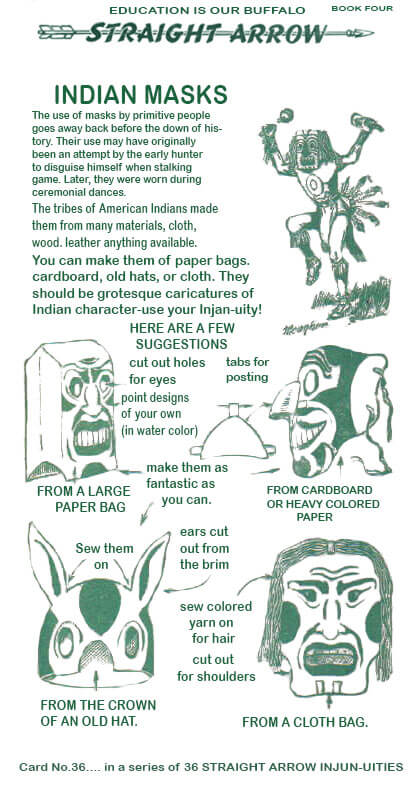
Masks were manufactured for ceremonies, decorating, war rituals, shaman rituals, rituals bringing young men into the tribe, healing rituals, entertainment, gifting, and spiritual rituals. Masks could be produced for a ceremony in which one tribe’s chief distributes gifts to another tribe’s chief. Paint, feathers, fur, straw, leather, or leaves are used to design masks that resemble a characteristic or an animal. Native Americans used conventional tools for sculpting masks, such as bone and rock, at first, but following the advent of Europeans, they began to use modern tools for more precision.
The chief of the tribe wears the most powerful mask of an eagle.
Native American masks can represent:
- characteristic
- portrait – represents a certain person
- status
- spirit
- animal – clan descended from some animal
Meaning of the mask’s colors is:
- red – represents happiness and faith
- yellow and orange – represents intellect
- green – represents healing, harmony, and nature
- purple – represents mystery and magic
- black – represents victory and success
- white – represents light and purity
- blue – represents intuition and wisdom

